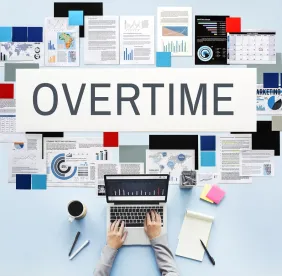On March 28, 2019, the DOL proposed a rule designed to clarify and update the definition of the “regular rate” under Section 7(e) of the Fair Labor Standards Act (FLSA). The current rules have not been updated in decades, and have been the source of some confusion, so employers should welcome this development.
Absent an exemption, employers generally must pay overtime at a rate not less than one and one-half times the employee’s “regular rate” of pay for hours worked in excess of 40 in a workweek. Therefore, accurately calculating an employee’s “regular rate” of pay is essential in order for an employer to correctly pay overtime compensation. However, under the current rules, employers are sometimes unclear as to whether the value of certain perks, benefits, or miscellaneous items should be included when calculating the “regular rate.” The DOL’s proposed rule would provide some long-awaited clarity.
Specifically, the proposed rule would confirm that employers may exclude the following categories of compensation from an employee’s “regular rate” of pay:
-
the cost of providing wellness programs, onsite specialist treatment, gym access and fitness classes, and employee discounts on retail goods and services;
-
payments for unused paid leave, including paid sick leave;
-
reimbursed expenses, even if not incurred “solely” for the employer’s benefit;
-
reimbursed travel expenses that do not exceed the maximum travel reimbursement permitted under the Federal Travel Regulation System regulations and that satisfy other regulatory requirements;
-
discretionary bonuses;
-
Benefit plans, including accident, unemployment, and legal services; and
-
Tuition programs, such as reimbursement programs or repayment of educational debt.
The proposed rule also clarifies that payment for hours not worked, such as “call back” pay and payment for bona fide meal periods are excludable from the “regular rate” calculation. Employers would be prudent to monitor the proposed rule and, if adopted, adjust their pay practices for non-exempt employees accordingly to ensure compliance. In the past, miscalculations of the “regular rate” have led to costly class action lawsuits.





 />i
/>i

